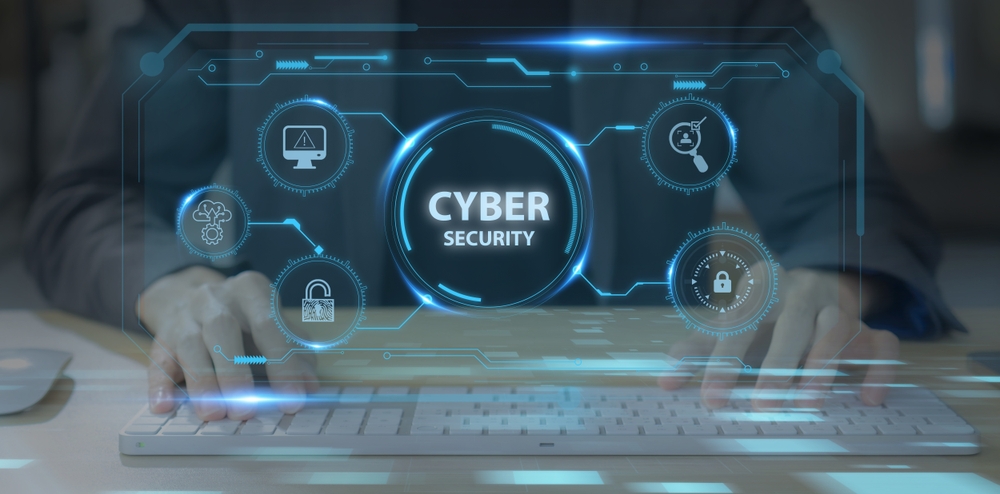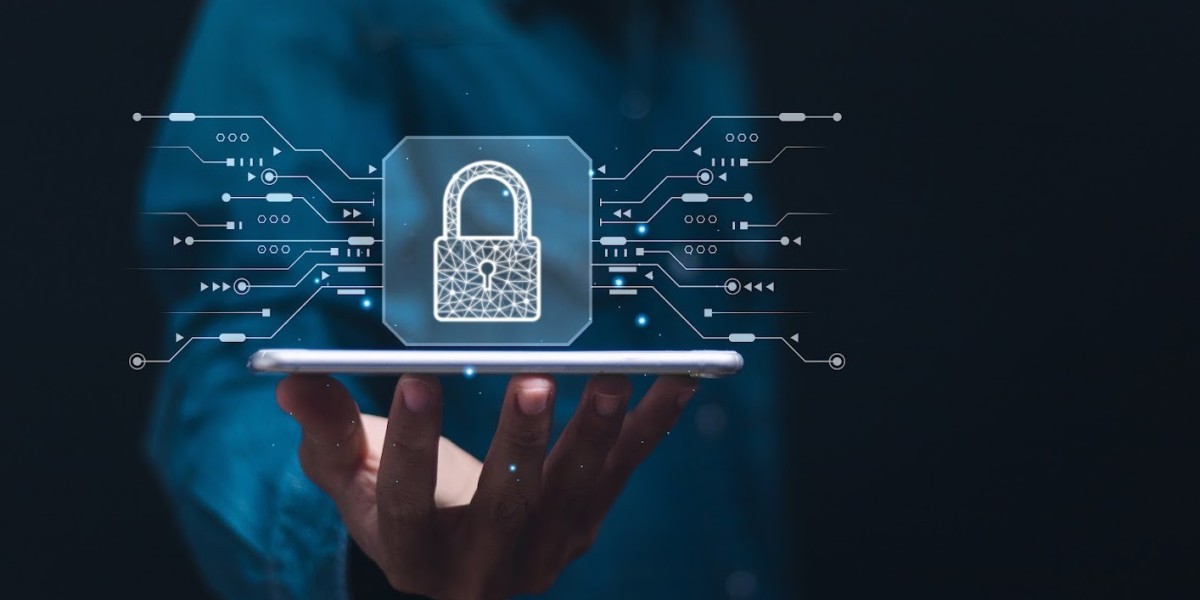Artificial Intelligence (AI) is rapidly transforming industries, from healthcare to finance, by improving speed, efficiency, and decision-making. In cybersecurity, AI is emerging as a powerful defence against the growing risk of cyber-attacks, especially as organisations increasingly rely on digital systems and cloud platforms. Hackers now use sophisticated tools to exploit vulnerabilities, leaving traditional security measures struggling to keep pace. AI helps by providing smarter threat detection, faster responses, and enhanced protection. Yet, alongside these opportunities come challenges such as ethical use, bias, and over-reliance. Businesses must adopt AI responsibly to strengthen security while managing potential risks effectively.
The Evolving Cyber Threat Landscape
Cyber threats today are far more complex than they were a decade ago. Attacks such as phishing emails, ransomware, and insider breaches have become more frequent and sophisticated. Hackers are now using advanced tools, and in some cases even AI, to launch targeted attacks on businesses.
Small businesses, large enterprises, and even governments are at risk. A single data breach can lead to major financial loss, reputational damage, and legal problems. Traditional security methods, such as firewalls and antivirus software, are no longer enough on their own. They work on fixed rules and struggle to deal with new, unknown threats.
This is where AI offers a much-needed advantage. By learning patterns and behaviours, it can detect suspicious activity and respond in ways that traditional systems cannot.
Innovations: How AI is Strengthening Cybersecurity
Threat Detection and Prediction
One of the most important uses of AI in cybersecurity is in detecting and predicting threats. AI systems can analyse large amounts of network traffic in real time. They can identify unusual behaviour that could suggest a cyber-attack, even if it is a new form of attack not seen before.
Machine learning models are trained to recognise patterns of normal activity, which allows them to quickly spot anything unusual. For example, if an employee’s account suddenly starts downloading large amounts of sensitive data at midnight, the AI system would flag this as suspicious. This level of predictive analysis helps organisations prepare for and prevent zero-day attacks before they cause serious harm.
Automated Response Systems
When a cyber-attack happens, speed is crucial. Human response times can often be too slow, especially when attacks occur outside working hours. AI can automate responses to certain types of threats.
For instance, if a malicious file is detected, AI can quarantine it immediately, stopping it from spreading through the system. Similarly, if an unauthorised login attempt is made, AI can temporarily block access until it is reviewed. These automated defences allow businesses to contain threats quickly and reduce potential damage.
Behavioural Analytics
AI is also being used to study user behaviour. It builds a profile of how employees normally work, including their log-in times, devices used, and access levels. By monitoring these behaviours, AI can detect insider threats or compromised accounts.
For example, if an employee usually logs in from London but their account suddenly shows activity from another country, AI can recognise this as a potential issue. This makes it more difficult for hackers who have stolen passwords to gain access without being noticed.
Integration with Cloud Security
As more businesses move to the cloud, protecting cloud-based systems is becoming essential. AI is helping manage complex hybrid environments by monitoring unusual activity across different platforms. Predictive models can also be used to identify weaknesses in cloud systems before they are exploited.
This is especially important for companies that rely on managed services and IT partners. Many organisations turn to it support companies London to ensure they have access to advanced AI-powered tools that keep their data secure.
Challenges in Using AI for Cybersecurity
While AI offers many advantages, it is not without problems. There are still challenges that must be considered.
Adversarial Attacks
Just as security teams are using AI to protect systems, cybercriminals are also using AI to develop smarter attacks. Hackers can create false data to trick AI models or design malware that learns how to avoid detection. This creates a constant battle between defenders and attackers.
Data Dependency
AI models need large amounts of high-quality data to work effectively. If the data used to train the system is incomplete or biased, it can lead to errors. For example, if an AI model has only been trained on certain types of cyber-attacks, it might fail to detect new or unusual threats.
Cost and Implementation
Deploying AI in cybersecurity requires investment in technology and skilled staff. For smaller businesses, the cost can be a barrier. Even for larger companies, finding the right balance between automation and human oversight can be challenging.
Ethical and Privacy Concerns
Another issue is the balance between security and privacy. AI systems often monitor huge amounts of user data to detect threats. While this improves protection, it raises concerns about how much information companies should collect and who has access to it. Organisations must also decide who is responsible if an AI system makes the wrong decision.
AI in Cybersecurity: Opportunities vs Challenges
The table below summarises the main opportunities and challenges of using AI in cybersecurity.
Opportunities | Challenges |
Faster detection of threats | Risk of adversarial AI attacks |
Automated response reduces human error | Over-reliance on AI, reduced human oversight |
Enhanced behavioural monitoring | Privacy concerns and data misuse |
Predictive threat intelligence | High costs of implementation |
Better defence for complex cloud systems | Need for constant retraining of models |
The Future of AI in Cybersecurity
The future of cybersecurity will depend heavily on the collaboration between humans and AI. While AI can process huge amounts of data and respond quickly, human judgement will always be necessary to make final decisions and handle complex cases.
Businesses will need to adopt a “human-in-the-loop” model, where AI manages detection and response, but experts review the most critical incidents.
There is also a growing need for ethical frameworks and global regulations to guide the use of AI in security. Without clear rules, there is a risk of misuse or over-surveillance.
Finally, cyber security awareness will remain essential. AI can protect systems, but employees must also be trained to recognise threats such as phishing emails or suspicious links. Combining technology with education will create stronger defences overall.
Conclusion
AI is reshaping cybersecurity by enhancing threat detection, speeding up responses, and safeguarding complex systems like the cloud. While it offers major opportunities, businesses must also consider challenges such as costs, ethical issues, and the risk of cybercriminals exploiting AI. The strongest defence lies in a balanced approach that combines AI with human oversight and continuous training.
Partnering with trusted IT experts can provide vital support. Companies like Renaissance Computer Services Limited are already helping organisations adopt secure, reliable, and innovative systems that merge AI with professional expertise.








